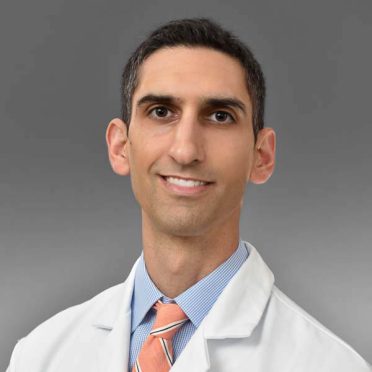It’s estimated that more than three million Americans are living with a herniated disc in their back. After receiving this diagnosis, it’s not uncommon for patients to ask me how it happened. In order to answer that, it’s important to explain how our spine works.

Between each of the bones in the spine, there are cartilage cushions called discs. These discs provide the flexibility to move and bend the spine, but these discs can tear or rupture, resulting in a herniated disc. Herniated discs can be caused by age, heavy lifting, sports, an injury or trauma, smoking or being overweight.
Disc herniations in the neck can result in a pinched spinal nerve, which can lead to numbness, weakness or severe pain radiating into their arm or hand. A herniated disc in the neck may also result in a pinched spinal cord, causing someone to experience numbness in their hands or feet, difficulty using their hands and trouble with balance. Anyone experiencing these types of symptoms should be evaluated by a medical professional to avoid permanent spinal issues.
After understanding what a herniated disc is and what symptoms one may cause, another big question remains – is it fixable? The answer is yes; there are surgical treatments. The traditional method of treating a cervical disc herniation is a discectomy and fusion procedure. Although this procedure is effective, it was developed in the 1950s and has some downsides. A cervical disc replacement is a more modern alternative that preserves range of motion in the neck, and reduces the risk of needing additional surgery in the future.
Spinal issues should never be taken lightly. When somebody has an issue with pain in their neck or back, I always get patients in for an evaluation right away – typically within 24 hours. Anyone dealing with pain should not have to wait. We have options to improve quality of life, and waiting can sometimes make an issue worse.



